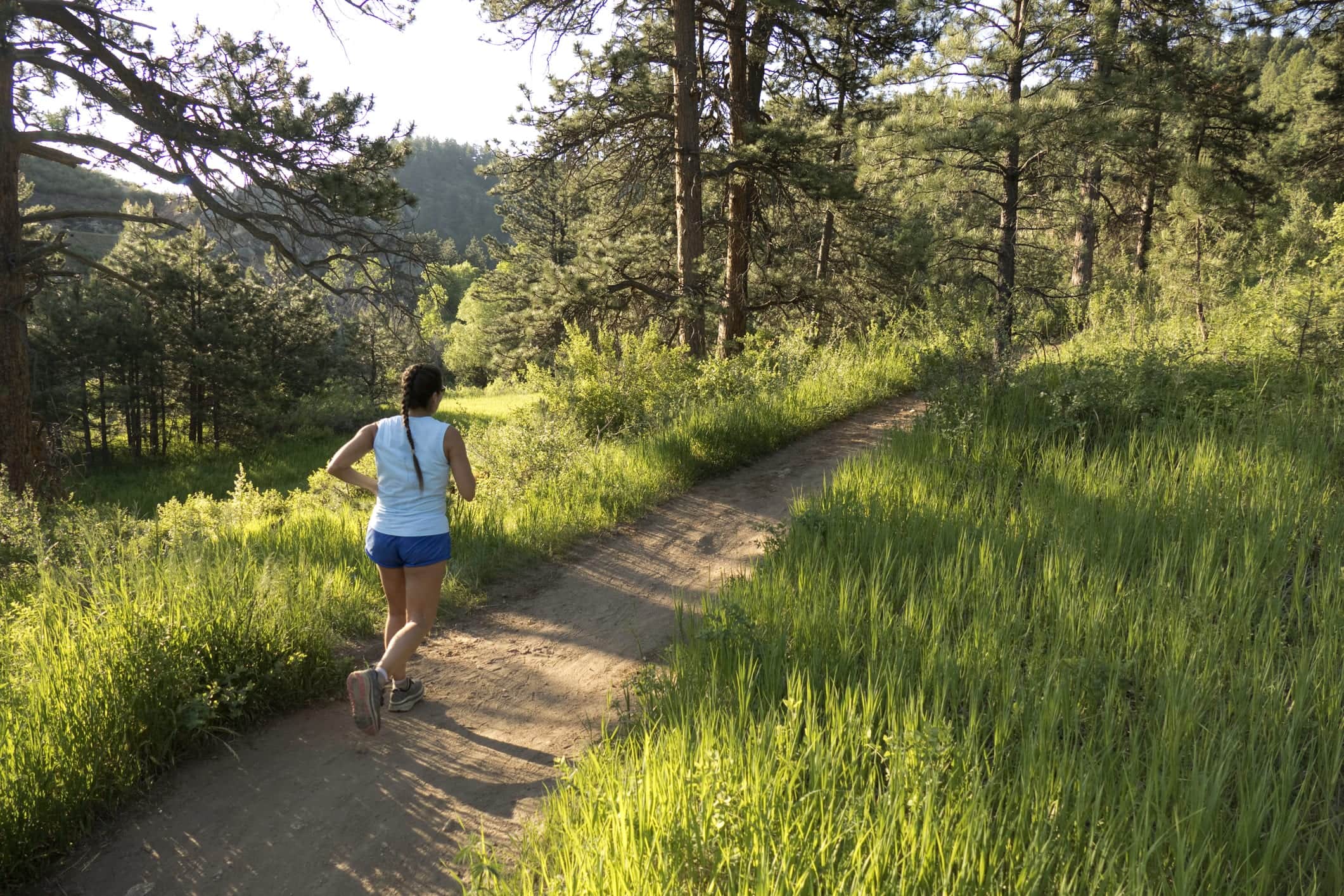Welcome to the Mile High City! Denver is one of the most fit cities in the country, with a plethora of outdoor options, from biking to running to hiking to roller blading to … well, you get the idea.
It’s also the city where walking up a few stairs will get you winded.
The mild weather is perfect for getting outside and staying active for most of the year, but the high altitude is a big adjustment for anyone who’s traveling or moving here from lower elevations.
You’ll inevitably end up signing up for some kind of marathon or long bike race once you’ve been here a few months, and once you get into your training schedule you’ll notice the additional challenges of endurance training at 5,000+ feet. If that comes in the form of leg cramps and puking on the side of the bike trail, congratulations, you’re now a true Coloradan.
Here are five ways you can tweak your training to ensure the altitude is a benefit and not a burden.
Start slow
It’s simple biology: With less oxygen in the air, there is less oxygen for your body to pump to your muscles. You’re going to go slower when you first get to Denver than you were when running along Venice Beach (because where else would you possibly be moving from?).
Take it easy when you begin training at higher altitudes, or you will pay the price. This might mean a walk-run program, reducing overall mileage or simply clicking down a gear on big hills. You’ll get back to your normal performance soon enough, rushing it will only prolong the pain.
When your friends back home start give you a hard time for your slower Strava miles, just send them a picture of your morning run route along Cherry Creek State Park.
Electrolytes are your friend
It’s really hard to figure out exactly what causes cramps during exercise, because doctors would need to study you in the moment of having them, which is kind of hard when you’re halfway up a mountain trail when they hit.
Fatigue, overuse and dehydration are commonly thought of as the main causes of cramps during endurance sports, all of which you are guaranteed to experience during training and races.
Ever notice a white residue on your clothes after a long training session? That means you lose more sodium than the average Joe. Your body is also losing important electrolytes like magnesium and potassium. These important minerals help signals from your brain make it to your muscles, so when you don’t have enough your body basically wants to stop doing anything, ever.
Water helps, but it’s not replacing all those extra minerals your body keeps shedding during endurance training. Taking one or two electrolyte tabs with water every one to two hours during training, or incorporating some kind of electrolyte drink in addition to water.
Increase your lung power
Your lungs have to work harder the second you step off the plane at altitude, but like any muscle, you can make them stronger.
There are several strange-looking gadgets out there that promise to increase lung capacity, and while there aren’t many studies, they do show promising results for endurance athletes. These devices basically offer a form of resistance training.
But there are also some simple exercises you can do without looking like Darth Vader. Either way, as you increase lung power you’ll have an easier time getting oxygen to your muscles, meaning you won’t fatigue as quickly.
Hit those hills
Whether you’re biking, running skipping, or anything else, the last thing you probably want to do at altitude is seek out a big hill.
But the benefits of hill training are varied and well documented, and different types of hill workouts will achieve more than you can hitting the gym or even with sophisticated equipment reserved only for pro athletes.
Hill training will improve your entire cardiovascular system, and can take the form of simply finding a decent grade and repeating it a few times once a week.
Suggested Reading:
Bump up your altitude even more
There’s a reason so many pro athletes train in Colorado.
Altitude training is a well-known technique among pro athletes, and has documented benefits for non-pros too. Studies have shown that altitude training can increase the body’s ability to transport oxygen throughout the body, even if you only do once or twice a week.
With higher-altitudes just a short drive away from anywhere in Denver, it’s worth making the climb when you can, even if it’s sporadic. You want to get at least 6,000 feet high, and high-altitude training tends to work best if you don’t push too hard, keeping it under 10,000 feet.
Training for endurance sports is hard. Training for endurance sports at high altitudes is even harder. But by tweaking your training just a bit, you’ll be feeling stronger and faster than you ever did before.
For those moments when you’re questioning why you signed up for that 500-mile bike ride, just remember your reward: A beautiful mountain sunset and cold, Colorado craft brew that won’t even come close to replacing the calories you just burned off.


